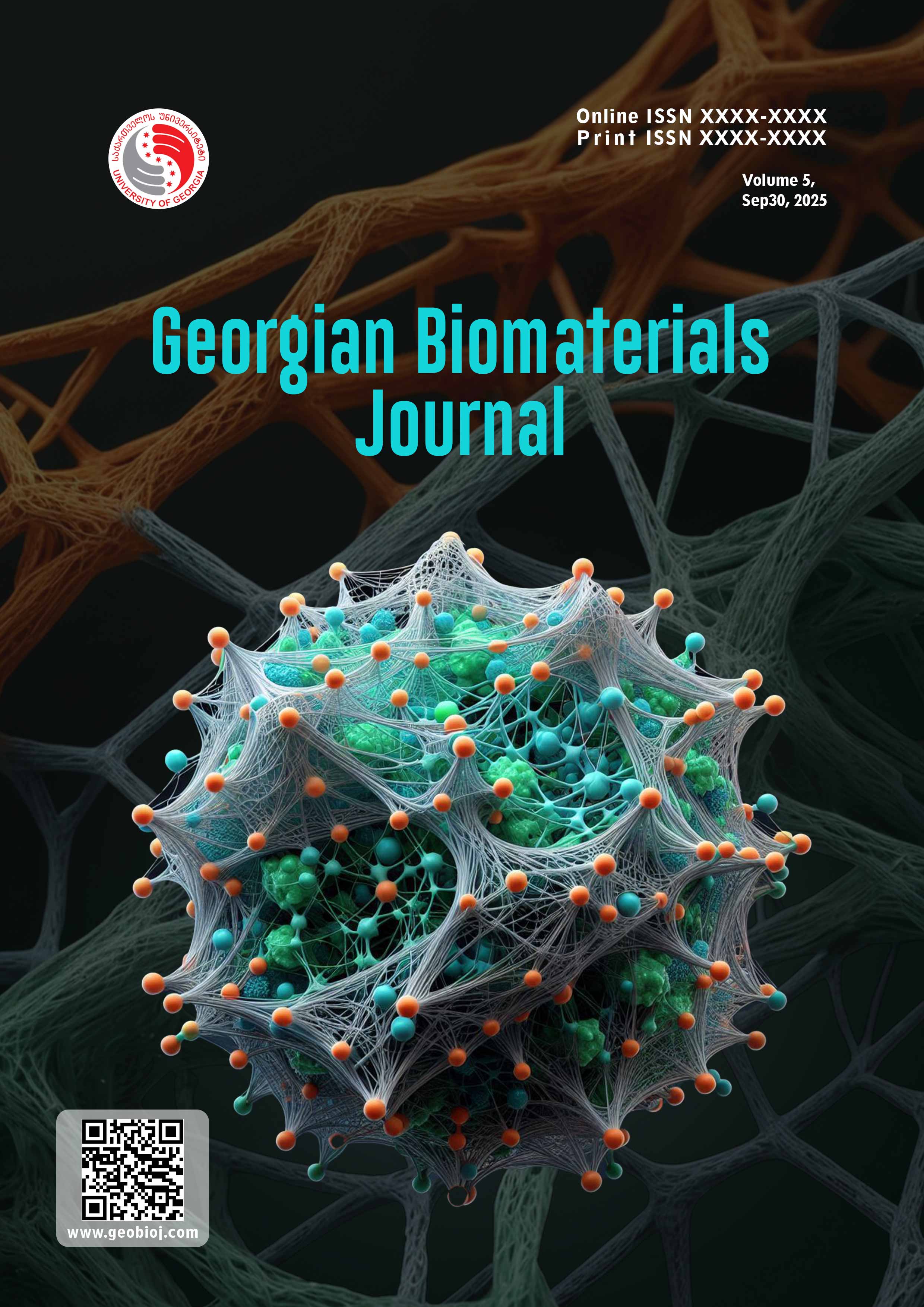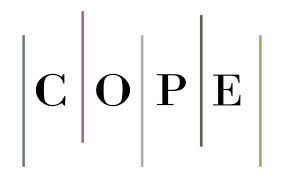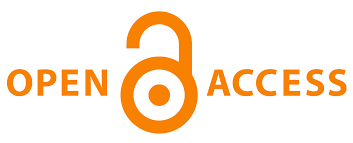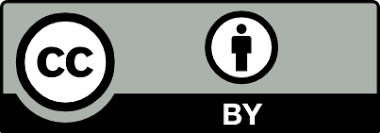Peer-Review Policy
The Georgian Biomaterials Journal implements a rigorous and precise peer-review process to ensure the scientific validity and integrity of submitted manuscripts. All submissions undergo an initial editorial review. Expert peer reviewers with relevant expertise are invited to evaluate each manuscript to assist the editorial team in determining its suitability for publication.
Upon manuscript submission by the corresponding author, all co-authors are notified. The corresponding author is able to track the progress of the manuscript through their account on the Georgian Biomaterials Journal website. The Editor-in-Chief initially reviews all submitted manuscripts.
The editorial workflow grants the Editor-in-Chief the authority to reject any manuscript that does not meet the journal’s standards in terms of subject relevance, quality, or scientific accuracy.
While editors can recommend manuscripts for acceptance, only the Editor-in-Chief has the authority to approve them for publication.
Peer Review Type
The journal employs a double-blind peer review system: reviewers remain anonymous to authors, and vice versa.
Peer Review Process
All manuscripts are first screened by the editorial office to ensure compliance with the journal’s formatting, ethical policies, and submission guidelines. Submissions may also be reviewed by a statistician to verify the validity of statistical methods.
Once initial checks are completed, the Editor-in-Chief evaluates the manuscript’s relevance and quality. If deemed suitable, it is assigned to an Associate Editor, Section Editor, or Co-editor based on the subject area. These editors oversee the peer-review process within their field of expertise.
Manuscripts considered unsuitable in terms of scope or quality may be rejected at this stage without further review. If the submission passes this preliminary assessment, it is forwarded to a relevant editorial board member (ensuring no conflicts of interest) for an additional internal check.
Subsequently, the manuscript is sent to at least two external reviewers for in-depth evaluation. If a submission originates from an editor, employee, or editorial board member of the journal, it is assigned to an independent editor for processing, and the final decision is made by the Editor-in-Chief.
All reviewers and authors are expected to adhere to the COPE Core Practices and WAME guidelines to uphold ethical standards, particularly in cases involving personal relationships or potential conflicts of interest.
Editors must recuse themselves from handling manuscripts from their own institution, close colleagues, or family members. In such cases, another editor will be appointed to manage the review process to ensure neutrality.
Reviewer Suggestions
Authors may suggest qualified reviewers who have a recent publication record in the field and are not affiliated with the same department or institution.
Appeals and Complaints
Appeals or complaints related to the peer-review process must be submitted in writing to the Editor-in-Chief. All such matters will be handled in accordance with COPE guidelines.
Editorial Decisions
After receiving reviewer reports, the editor may issue one of the following decisions:
-
Accept – The paper is ready for e-publication, typically within two weeks. The corresponding author will receive a final proof prior to publication.
-
Minor Revision – Authors must revise their manuscript and submit a response letter and a tracked-changes version within one month. Delays may require resubmission.
-
Major Revision – Substantial changes are required. Authors are asked to revise the manuscript thoroughly and resubmit within one month, accompanied by a detailed response and tracked-changes version.
-
Reject – The manuscript is not suitable due to methodological or scientific deficiencies. Authors will be provided with reviewer feedback for consideration in other journals.
-
Withdraw – If the submission falls outside the journal’s scope, it will be withdrawn with recommendations for alternative journals.
If the decision is "revise and resubmit," the system will notify the corresponding author. After resubmission, the Editor-in-Chief will determine whether another review round is needed. If so, the revised manuscript will be re-evaluated by two reviewers, after which the Editor-in-Chief makes the final decision.
Retraction Policy
In accordance with COPE Retraction Guidelines, retractions will be considered for the following reasons:
-
Clear evidence of unreliable findings due to error, fabrication, or image manipulation
-
Plagiarism
-
Redundant publication without proper citation or permission
-
Legal or copyright issues
-
Reports of unethical research
-
Manipulated or compromised peer review
-
Undisclosed major conflicts of interest
Retractions may be initiated by the authors or editors. If the authors do not consent, the editor may request retraction through the author’s institution or proceed independently. Authors and affiliated institutions will be notified.
Retracted articles will have their HTML version removed. The PDF will remain online but watermarked with “Retracted.” A link to the original article will be included.
Note: Submissions from editorial board members or researchers affiliated with the University of Georgia Publishing House (UGPH) (publisher of this journal) are subject to the same independent peer-review process. In such cases, external reviewers will be used to ensure impartiality.




